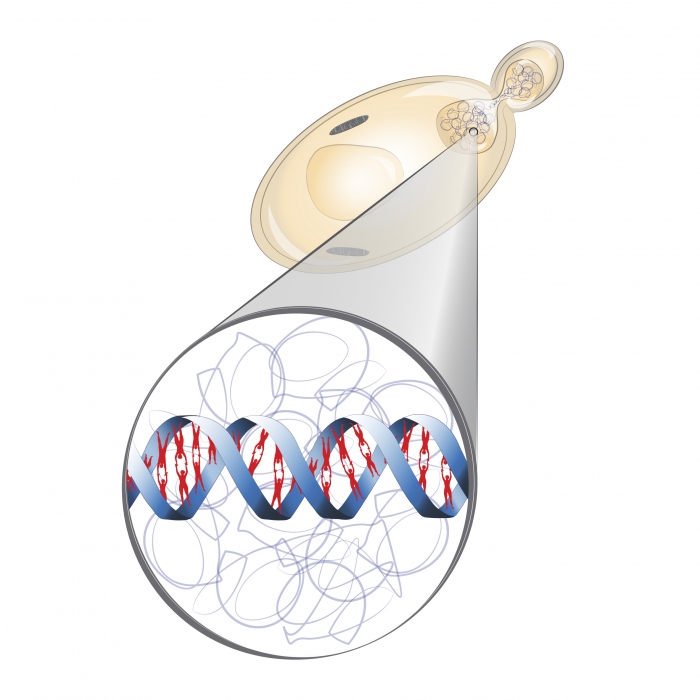Saving the Bees, Two Perspectives (Audio)
As bees sharply decline around the world, two researchers are taking very different approaches to understand -- and potentially reverse -- this troubling trend. One is studying the microbes that live inside bees and help protect them against infections. The other is studying the links between changing landscapes and bee health. Learn more about the two professors of integrative biology featured in today's show: Shalene Jha and Nancy Moran.
















 Despite a billion years of evolution separating humans from the baker’s yeast in their refrigerators, hundreds of genes from an ancestor that the two species have in common live on nearly unchanged in them both, say biologists at The University of Texas at Austin. The team created thriving strains of genetically engineered yeast using human genes and found that certain groups of genes are surprisingly stable over evolutionary time.
Despite a billion years of evolution separating humans from the baker’s yeast in their refrigerators, hundreds of genes from an ancestor that the two species have in common live on nearly unchanged in them both, say biologists at The University of Texas at Austin. The team created thriving strains of genetically engineered yeast using human genes and found that certain groups of genes are surprisingly stable over evolutionary time.










